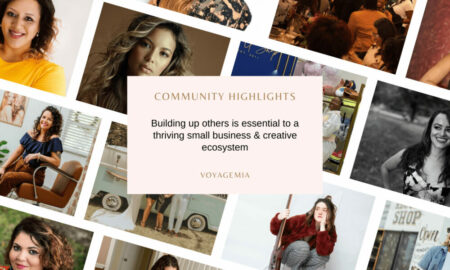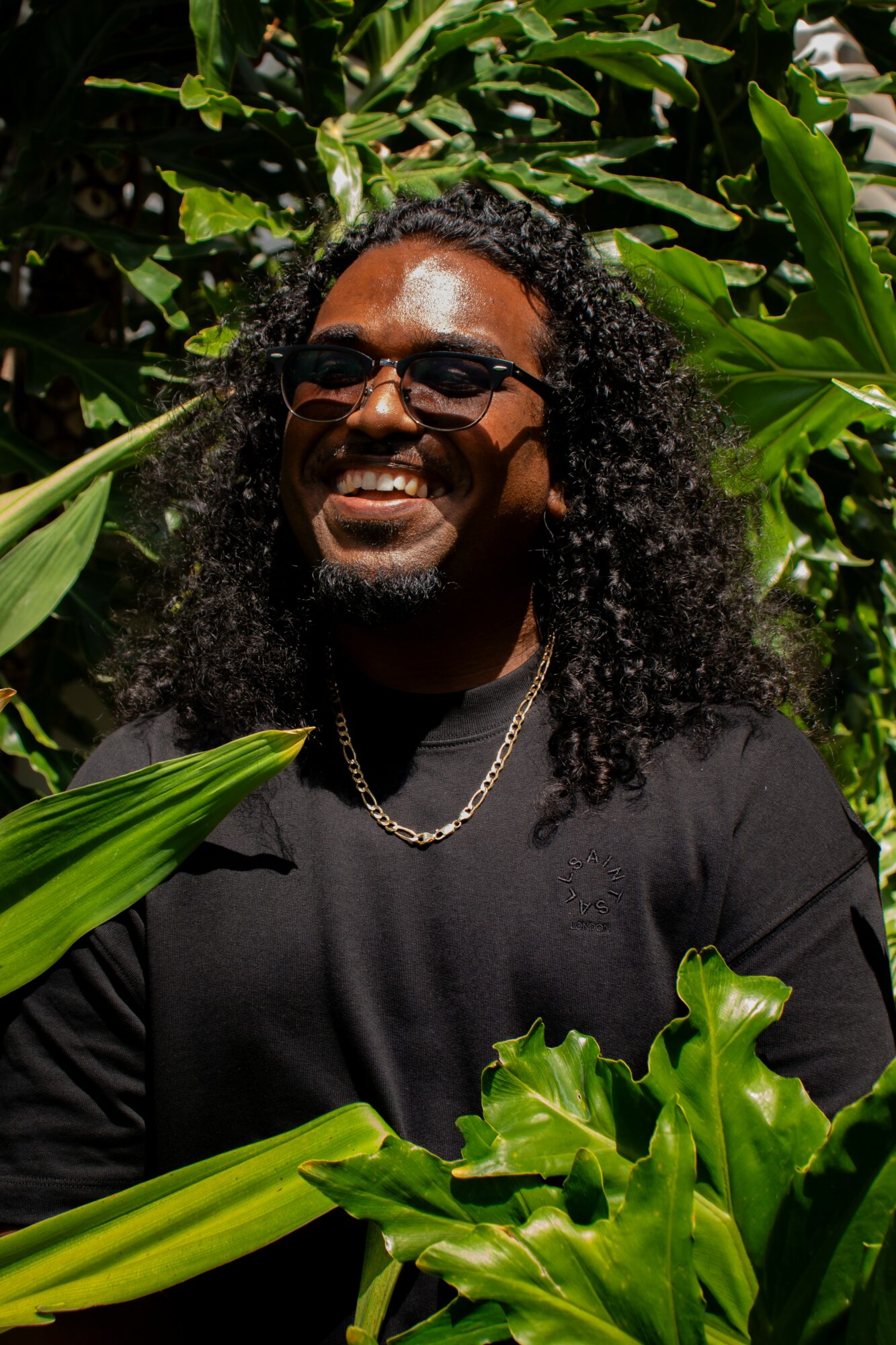

Today we’d like to introduce you to Gabriel Soomar.
Hi Gabriel, we’d love for you to start by introducing yourself.
When I changed my major to architecture, I realised pretty early on that I wasn’t really into buildings. I was more interested in what happens between them and how their edges provide the backdrop against which culture unfolds. That opened things up for me; in grad school, I continued exploring how space and culture shape one another, working across design, media, and research to make sense of that connection. During this time, my practice started to take shape—exploring how the textures, geographies, and aesthetics of the Caribbean could inform new frameworks for architecture, rooted in collective imagination.
Not too long after grad school, I was offered the opportunity to teach, which I accepted. It pushed me to slow down and think critically about my position, what we’re really doing in this field, and who it’s all for. In the classroom, I try to disrupt conventional definitions of architecture—the ones that separate art from life, or privilege certain histories over others. I want my students to see that architecture can be cultural, political, and deeply personal all at once, which often means unlearning, and sometimes it means creating new languages altogether.
Would you say it’s been a smooth road, and if not what are some of the biggest challenges you’ve faced along the way?
Not really, no. I’ve spent most of my career trying to find where I fit within architecture… or maybe learning to accept that I don’t. The discipline can be pretty rigid, and I sometimes catch myself questioning whether the way I work even counts as architecture at all. I started teaching as an architecture professor, and that has only deepened the tension that I feel. Not fitting neatly into the discipline has given me some perspective, allowing me to ask different questions and to imagine architecture as something more rooted in culture.
Thanks for sharing that. So, maybe next you can tell us a bit more about your work?
Over the last few years, my work has been moving through design, sound, and creative direction. I started in architecture, but over time, the work began to stretch. I found myself drawn to the artefacts of Carnival—costumes, stilts, and sound systems—and how all of that builds its own kind of architecture.
More recently, much of what I have been doing sits in that space in between; I still design identities, spaces, installations, and objects, but I’m also building toward events, experiences, and ecosystems, thinking about how design can shape culture and connection. My work moves fluidly across media but remains grounded in the same questions: how can design hold identity, joy, and collective imagination? And how do we design/build spaces that reflect the communities that make them possible?
What I’m most proud of is that my work still feels close to home. No matter how much it changes, it unapologetically carries the spirit of the Caribbean—a certain sense of rhythm, care, and community.
Are there any important lessons you’ve learned that you can share with us?
I think one of the most important lessons I’ve learned is that the spaces between what you think you should be doing and what you actually want to be doing are where the work starts becoming interesting. I spent a long time trying to decide if I was this or that: designer, musician, teacher, artist, but really, the best work comes when you stop choosing the boxes and just let the curiosity lead.
Growing up, I saw how culture lives in the margins and the moments in between—that stuck with me. Then teaching came into the mix: standing in front of students made me realise I didn’t always have to have everything figured out. It made me comfortable with not knowing because that’s precisely where the questions live—and that’s where transformation begins.
Contact Info:
- Instagram: https://instagram.com/jeandashpaul
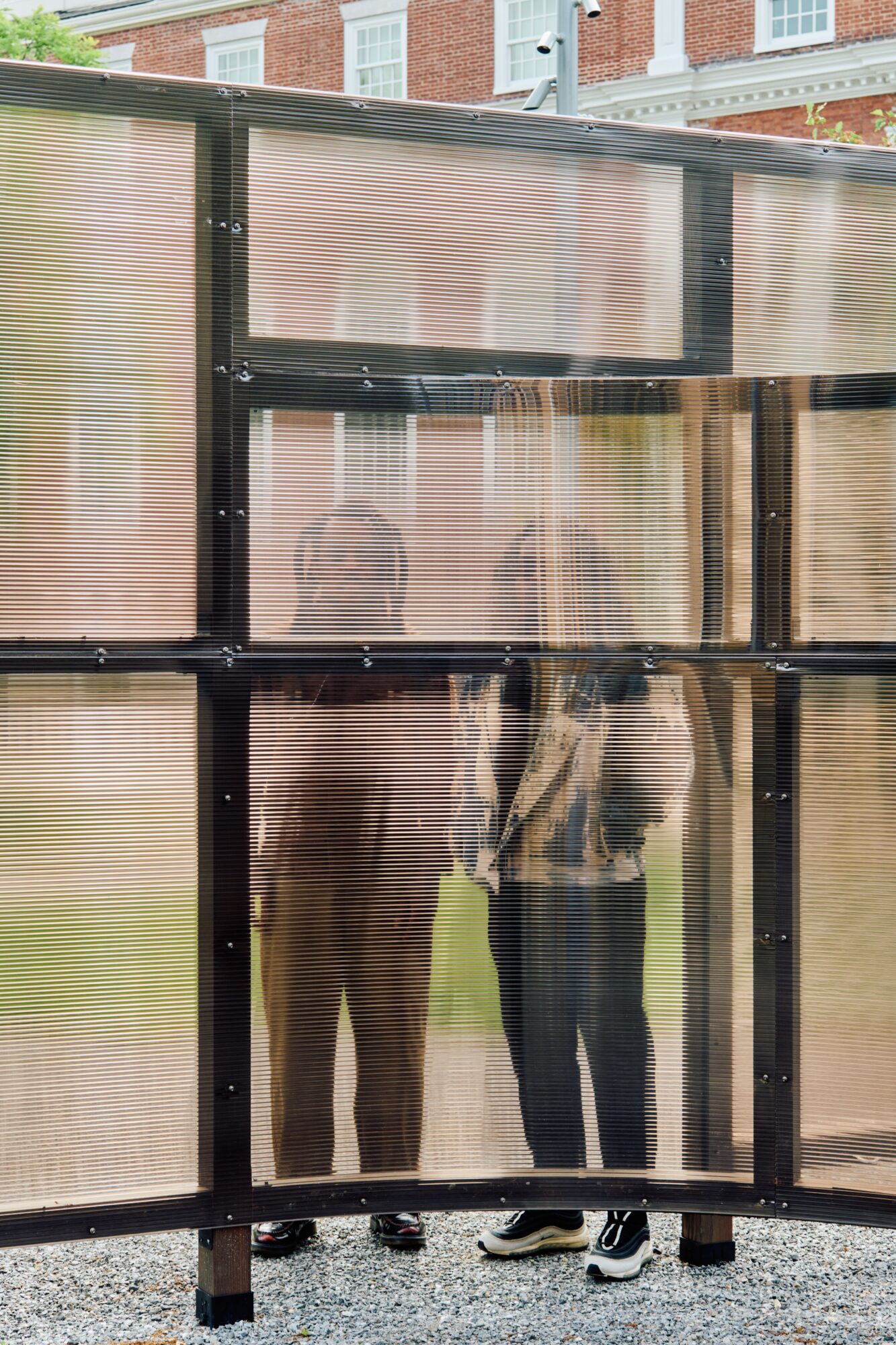
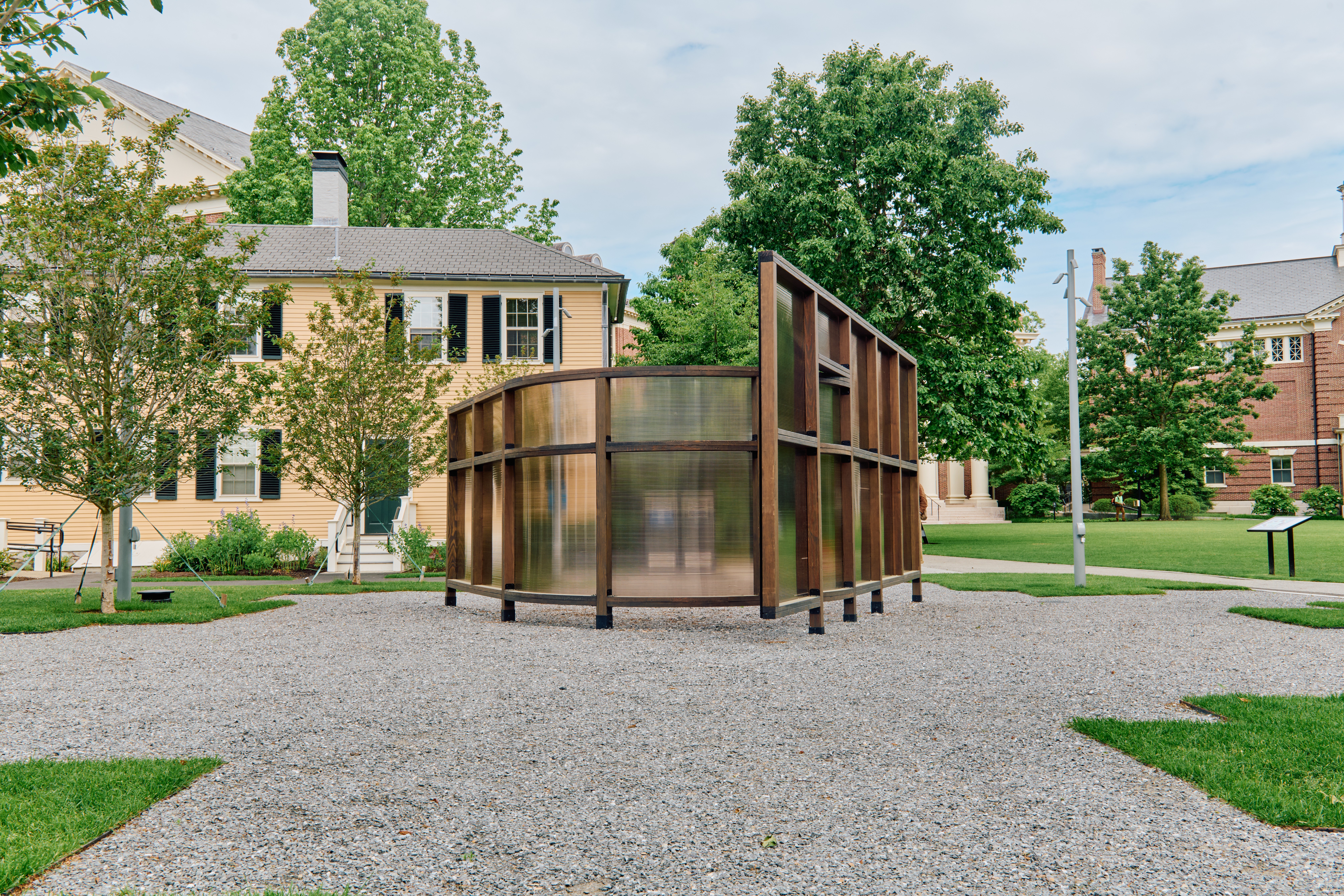
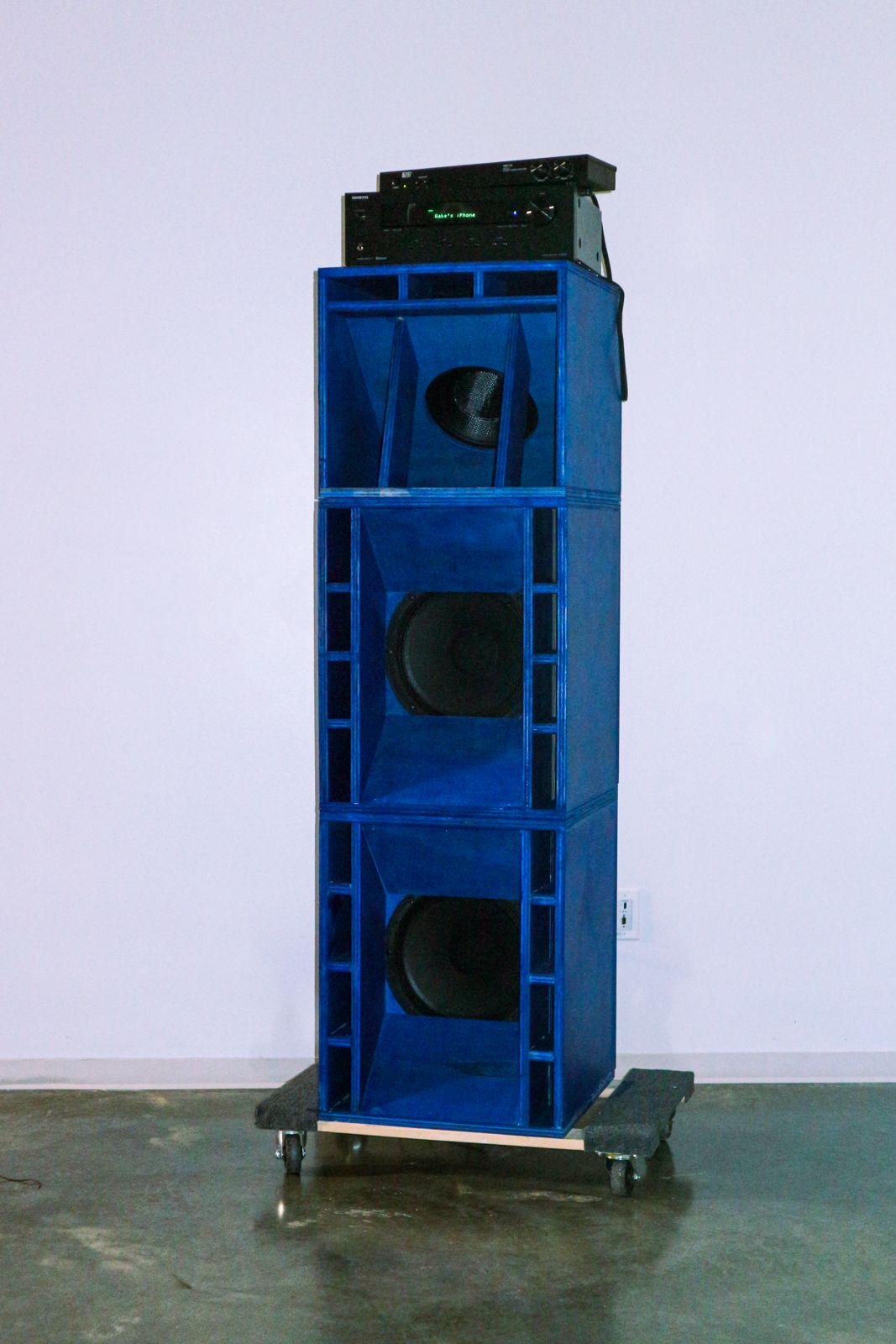
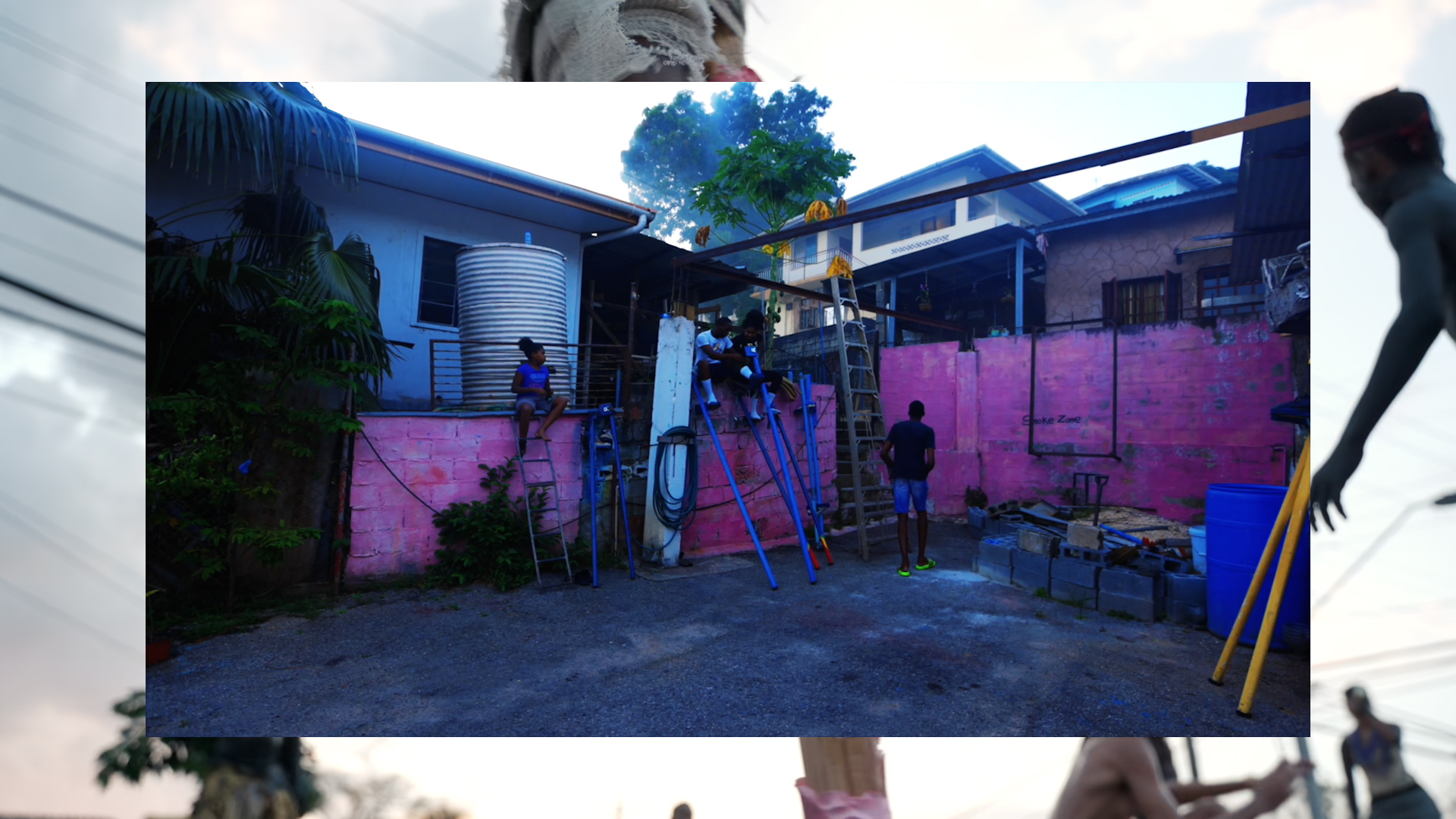


Image Credits
Personal Photo: Paris Rene James
Additional Photos:
1, 2: Malakhai Pearson
3: Joseph Zeal-Henry
4: Gabriel Jean-Paul Soomar
6, 7: Madison Brinnon










